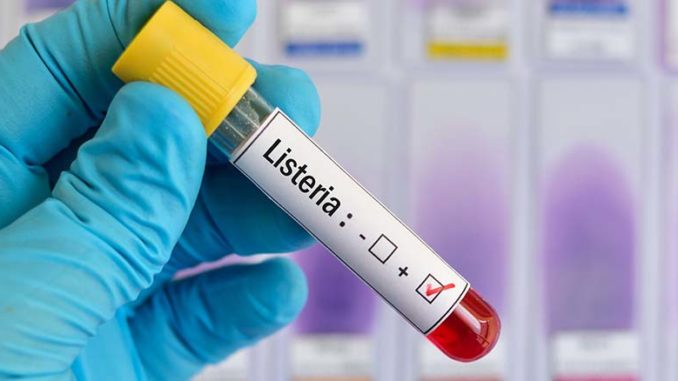
New research funded by the Frozen Food Foundation developed a modeling tool to help the frozen food industry with understanding and managing listeriosis risks. The findings were published in the December 2019 issue of the Journal of Food Protection.
The study developed a decision-making tool called the Frozen Food Listeria Lot Risk Assessment (The FFLLoRA) – that incorporates several factors including individual facility attributes, Listeria monocytogenes (Lm) prevalence and consumer handling to estimate listeriosis risks.
“While Lm-related foodborne illness is rarely associated with frozen foods, the frozen food industry is focused on better understanding Listeria to prevent a listeriosis event from occurring,” said Frozen Food Foundation executive vice president dr. Donna Garren. “That’s why we invest in scientific research from the frozen food facility to fork,” she added.
While researchers demonstrated the low-levels of Lm in frozen vegetables did not typically cause illness, the study also revealed the significance of production practices and finished-product testing, along with the role of consumers to follow validated cooking instructions.
“The goal of the research was to develop a tool for companies to assess individual production low risks based on various scenarios. FFLLoRA helps interpret and evaluate finished-product testing results and may support food safety decisions to prevent recalls,” said Cornell lead researchers Dr. Renata Ivanek and Dr. Martin Wiedmann.
According to Dr. Claire Zoellner, the lead author of the study, the research also identified key data gaps that will be prioritized in future research, including quantifying the need for consumers to follow validated cooking instructions.
Cornell’s research on Lm will continue throughout 2020 to provide a better understanding of Lm prevalence in frozen food facilities and related risk assessment.
“Through the work of the Frozen Food Foundation, the frozen food industry continuously builds upon its high food safety standards. This published research complements the tools and resources available on The Food Safety Zone to help prevent and control Lm,” added Dr. Garren.
